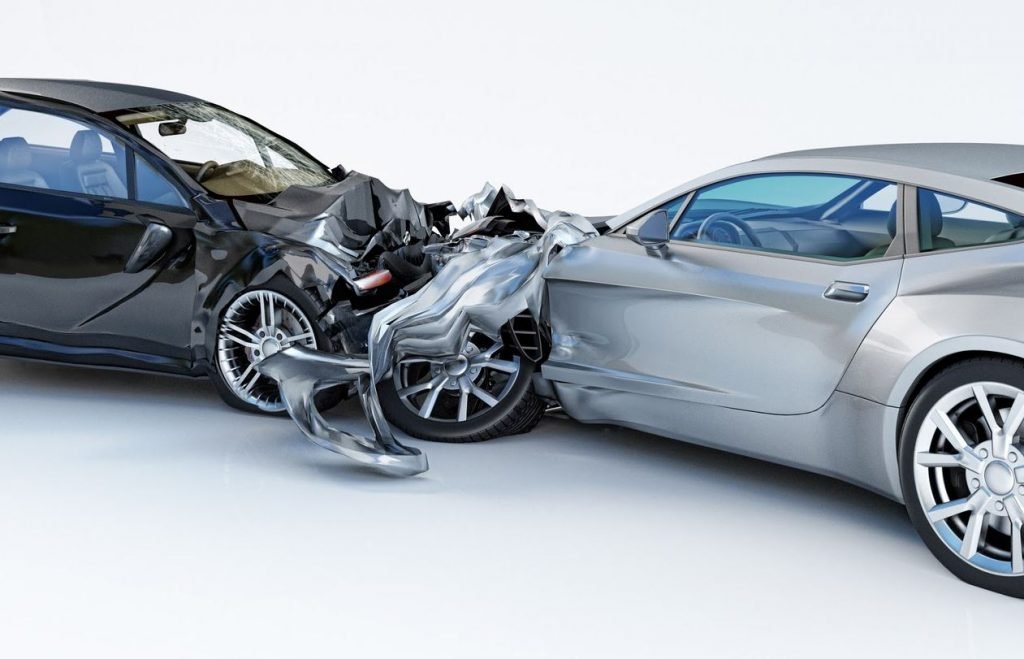The most common type of injury after a car accident is soft tissue. Soft tissue injuries can occur when the neck flexes and extends in a car accident.
Traffic Accidents
Traffic accidents can cause physical and psychological injuries. Personal injury can depend on the factors involved in the accident, such as whether the victim was wearing a seat belt and how fast the vehicle was traveling at the time of impact.
In road traffic accidents, people can suffer a wide range of injuries. Some types of injuries are more common than others, but many injuries in this type of accident are fairly common.
Almost all people who are involved in a car accident experience some type of minor injury, but there are rare cases where someone suffers a serious injury. Depending on the speed and severity of the collision, a car accident can result in head or brain injuries. Injuries often sustained in rear-end collisions can also be sustained after a collision at an intersection.
Car Accidents
In serious car accidents from the rear, when the car is crushed or crushed, a victim’s limbs can be badly damaged or torn off. Any collision involving the front of a vehicle, including a frontal collision or rear collision (getting stuck under a trailer or larger vehicle), can be very harmful and sometimes fatal. Injuries and damage in car accidents caused by rear-end collisions can range from minor bruises and scratches on an entire car to major traumatic brain injuries.
Limb loss and amputation are common in rollovers and high-speed traffic accidents. Injuries to the hands and wrists are also common in vehicle collisions, especially when crash victims use their hands to protect against airbag deployment. While these injuries were not fully recognized at the time of the accident, severe cuts or burns could indicate future disfigurement.
Accident Injuries
Some signs and symptoms of injury, such as whiplash, concussion, soft tissue injury, and spinal injury, may not appear until hours or days after an accident. If you’re experiencing any of these symptoms (or others that aren’t mentioned here), it’s important to see a doctor figure out what happened and whether you need any medical attention.
Any type of spinal cord injury can cause long-term side effects and is considered serious physical harm. The pain may be localized to the site of injury, or the pain may radiate down the limbs. This can lead to a herniated or ruptured disc in the spine; severe injuries that are very painful and limit mobility.
Some injuries can cause acute and/or chronic pain; however, the pain may not appear immediately. Shoulder and neck pain can also indicate an orthopedic injury, such as a damaged joint that was torn or dislocated during an accident. Broken bones or fractures usually cause severe pain at the site of injury.
Traffic accidents often cause strains in the muscles of the back, which can lead to more serious injuries if the force of the blow against the spine is strong. These injuries commonly include neck and back pain, headaches and migraines, soft tissue injuries, lacerations, broken bones, and bruises. In many cases, these accidents result in severe injuries that cause intense pain and a long recovery period before full health is regained.
Traumatic injuries from a car accident can lead to long-term consequences, beyond just the pain in the affected body part. These persistent symptoms can be debilitating, and it is possible for plaintiffs to develop secondary injuries or conditions as a result of the original injuries sustained in the car accident.
Minor injuries can cause a lot of emotional distress. This is especially true if the injury isn’t treated correctly. More severe injuries can lead to long-term physical problems and chronic health issues. These problems may not be immediately noticeable, but they will still occur over time.
Even if the force of an accident wasn’t sufficient to cause a herniated disc, it could aggravate a previous injury. Headaches, muscle weakness, memory impairment, or even loss of bladder control may appear months or years after a traumatic injury sustained in an accident.



